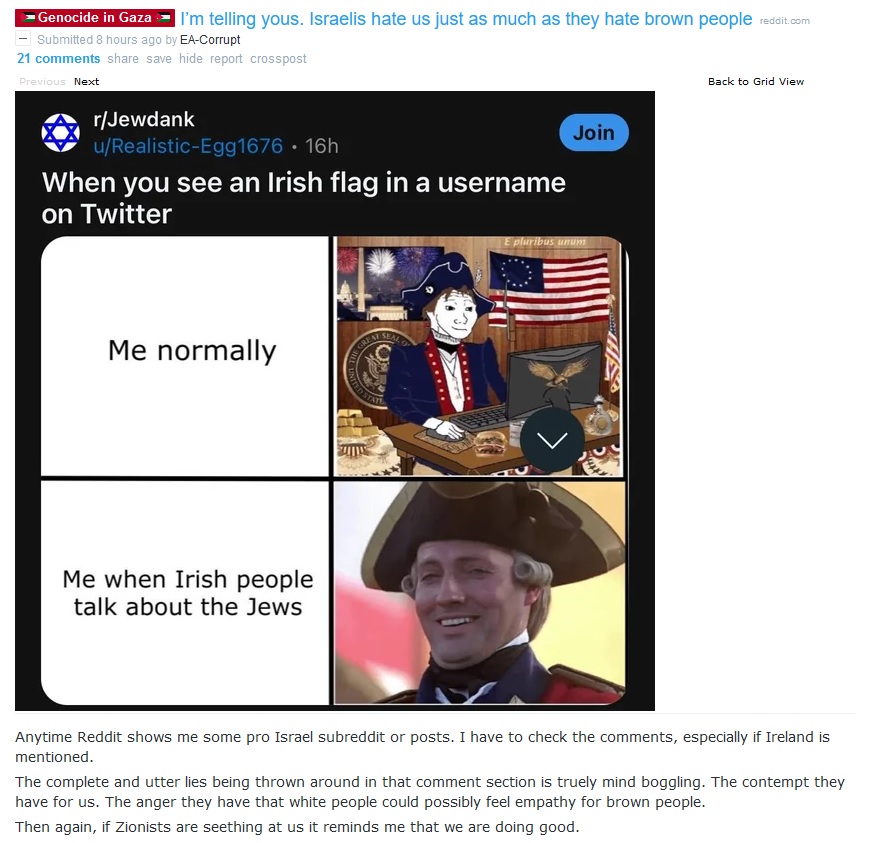149
you are viewing a single comment's thread
view the rest of the comments
view the rest of the comments
this post was submitted on 18 Jun 2024
149 points (100.0% liked)
chapotraphouse
13297 readers
950 users here now
Banned? DM Wmill to appeal.
No anti-nautilism posts. See: Eco-fascism Primer
Vaush posts go in the_dunk_tank
Dunk posts in general go in the_dunk_tank, not here
Don't post low-hanging fruit here after it gets removed from the_dunk_tank
founded 3 years ago
MODERATORS

damn, nice find. it was like 15 years ago that i read that (in a physical book), and i was trying to find it on the Zinn site and looking all the way back at the 17th century chapter on early slavery, which has similar stories but wasn't the one i was looking for (the one you found). but anyway, here's another cool bit:
Chapter 2: Drawing the Color Line